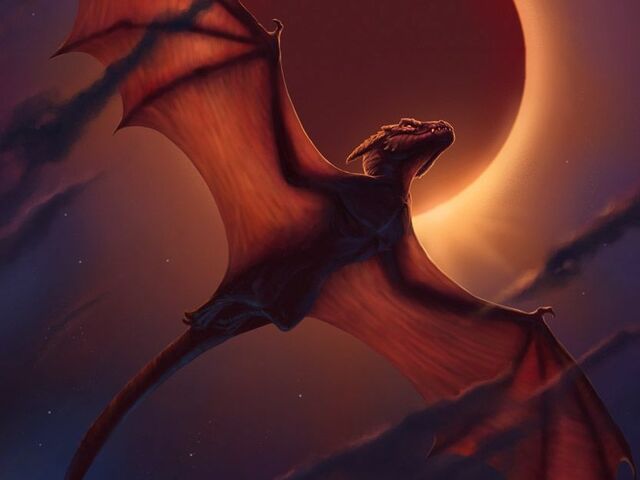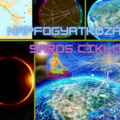139. SAROS - ciklus
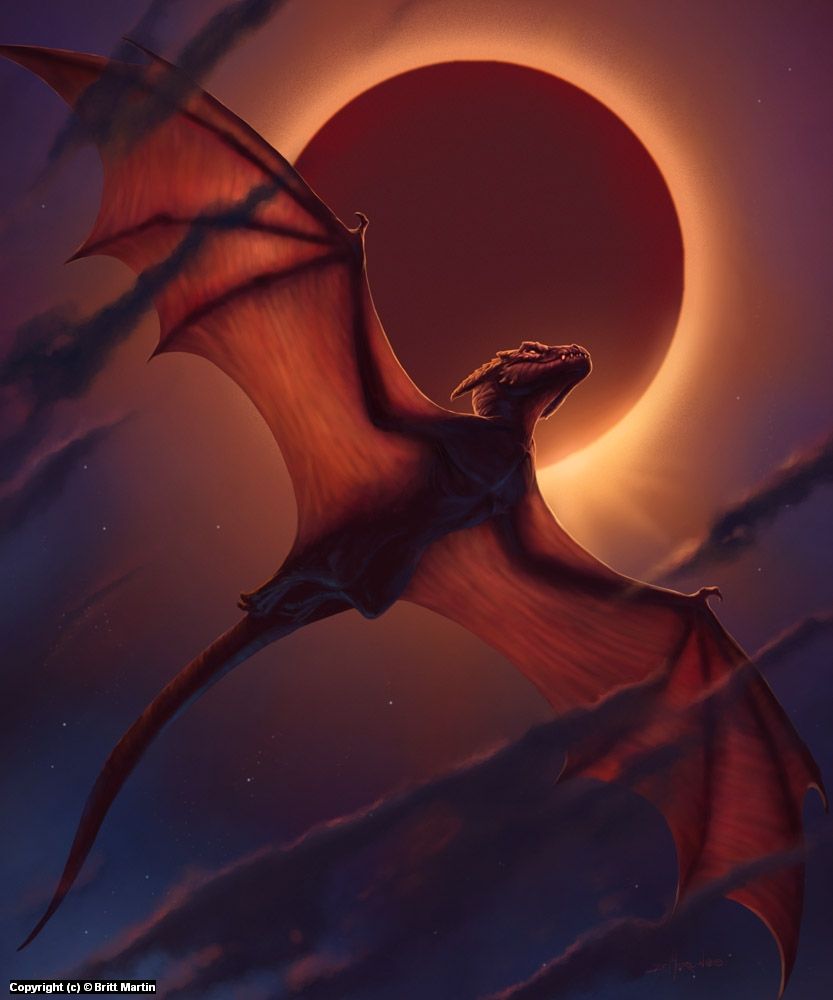
A mostani, április 8-i Saros-ciklus teljes volt. Ilyenkor igen nagy erőket mozgat meg a sárkány erő, vonulás van, nem is akármilyen! Ez nem a sárkány-vonal térkép alapján alakul ki. Szerintem a Föld Ősszelleme, Őssárkánya jön működésbe, igen erősen. Válaszol az Égitestek változására. Mindig erős energetikei átalakulást hoz. A Saros-erő hullám természetű és igen magas rezgésű. Már hetekkel előtte érzékelhető a hatása. Beindulnak testi folyamatok, hálózati átalakulások.
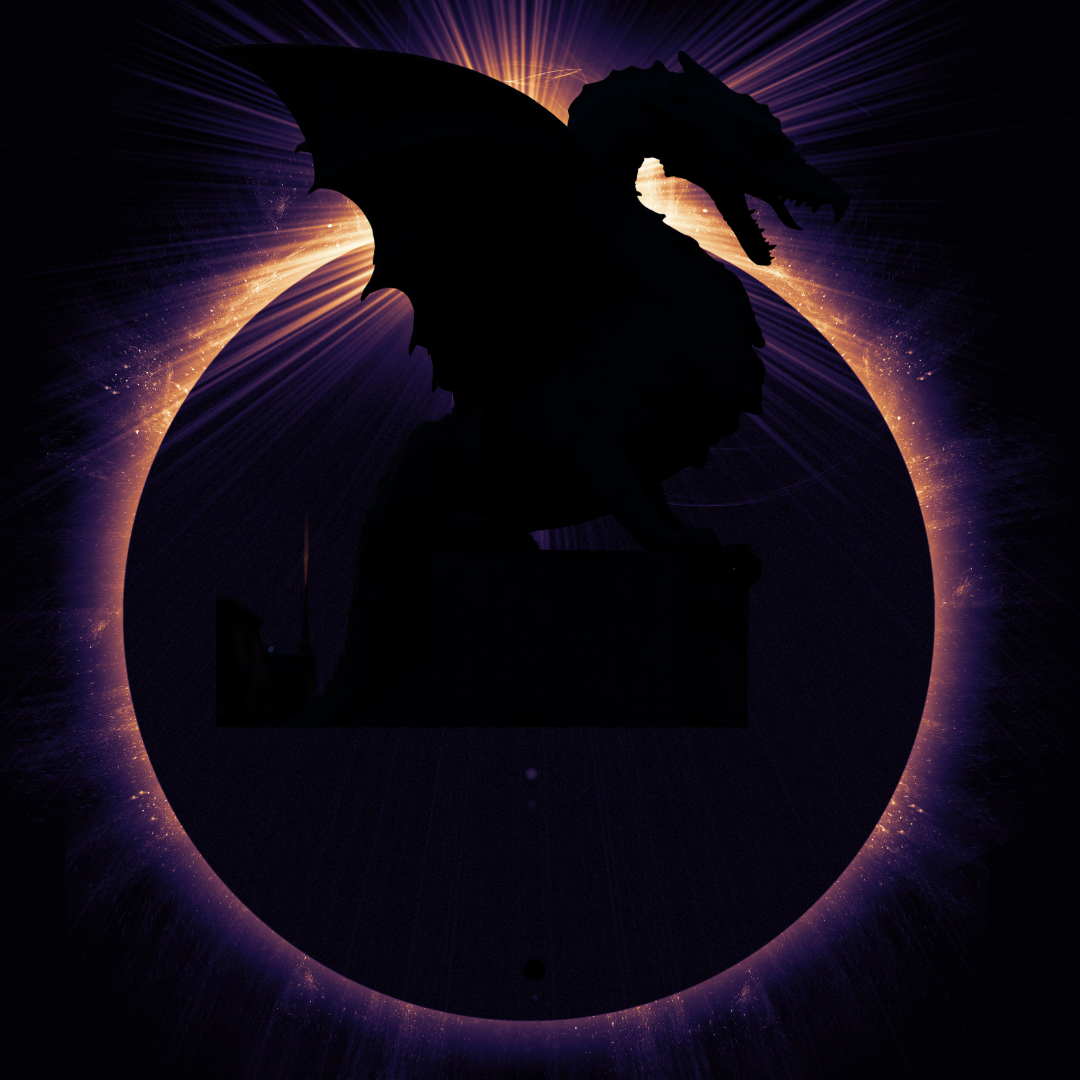
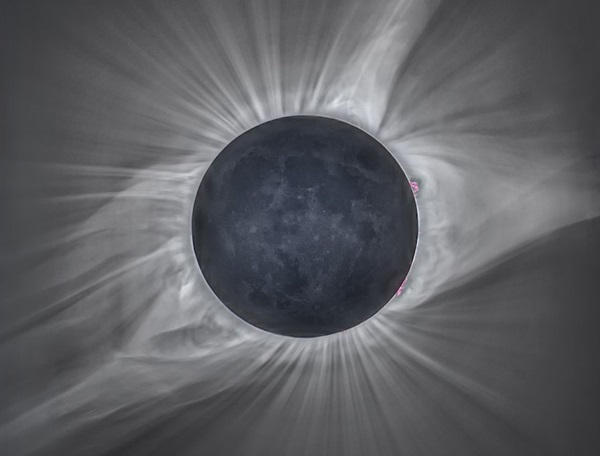
A teljes napfogyatkozások, igen fontosak az ÖnMAGunk felé vivő folyamatokban. Kb. mindent törölhet, nemcsak lelkileg, hanem fizikailag is. Ráadásul - igen hűen - a mostani még az ún. Sárkány évében is van.
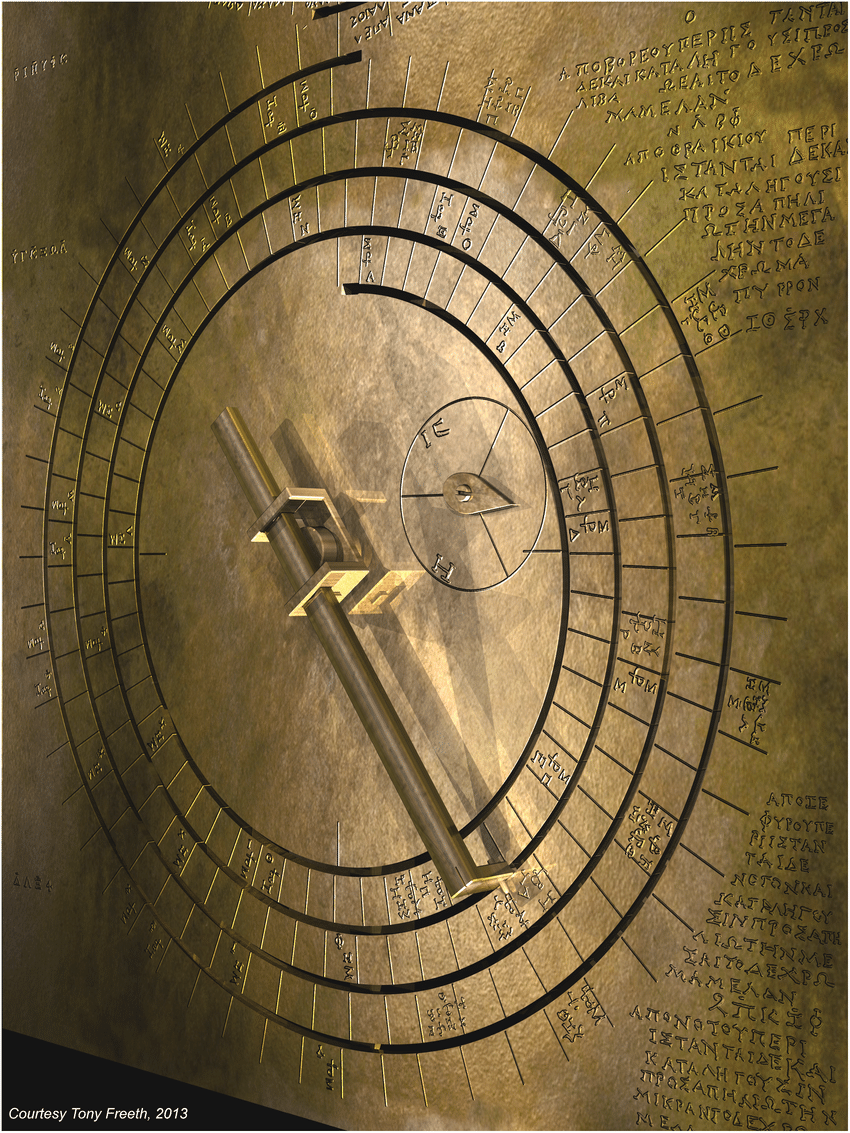
Az Eleven Idő megtapasztalása ilyenkor nagyon fontos. A bezárt, naptárrendszerinti folyamat akadályoz a teljes megélésben.
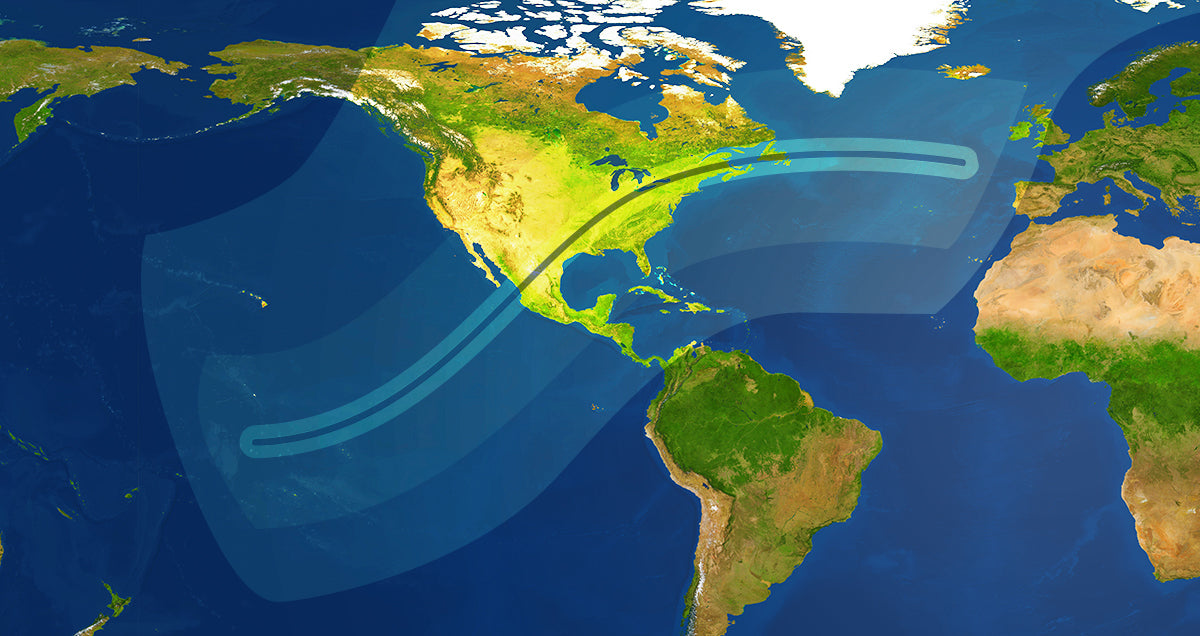
A 139-es Saros-ciklussorozat napfogyatkozásokhoz a Hold felszálló csomópontjában történik, 18 évente, 11 naponként ismétlődik, és 71 eseményt tartalmaz. 16 részleges napfogyatkozása van, 12 hibrid és 43 teljes. Az első teljes napfogyatkozás 1843. december 21-én történt Ázsia déli részén, és 1 perc 43 másodpercig tartott. Az utolsó teljes napfogyatkozás 2601. március 26-án lesz az Antarktisz és a Déli-óceán felett, és 35 másodpercig tart.
Wikipedia
Minél hosszabb maga a fogyatkozás, annál szélessebb lesz a Saros-sáv. Annál nagyobb kiterjedésre hat. A mostani 4 perc 51 másodperces volt. Ami elég hosszú.
Az álabbi táblázaton nyomon lehet követni a következő nagyobb eseményt:

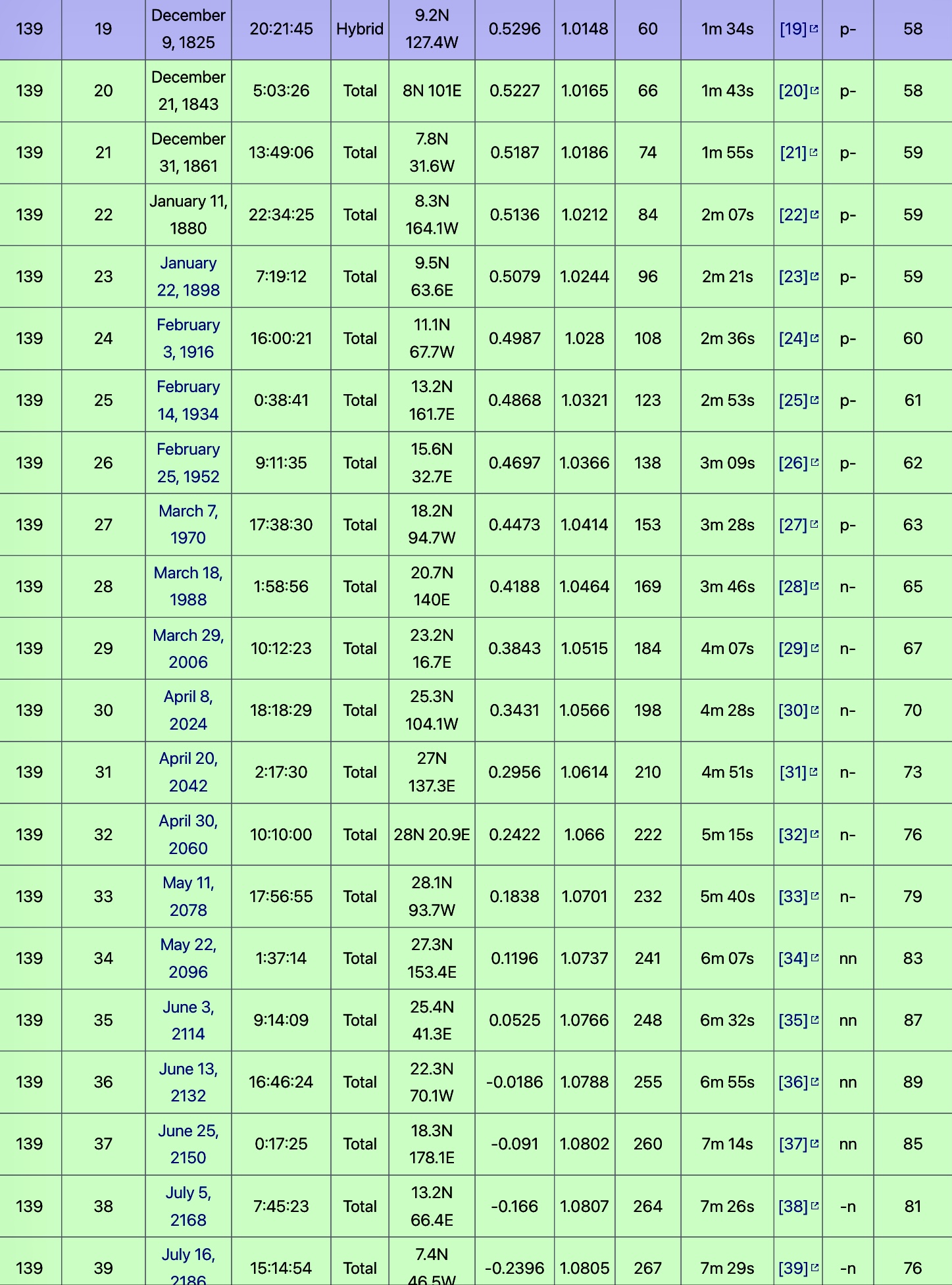
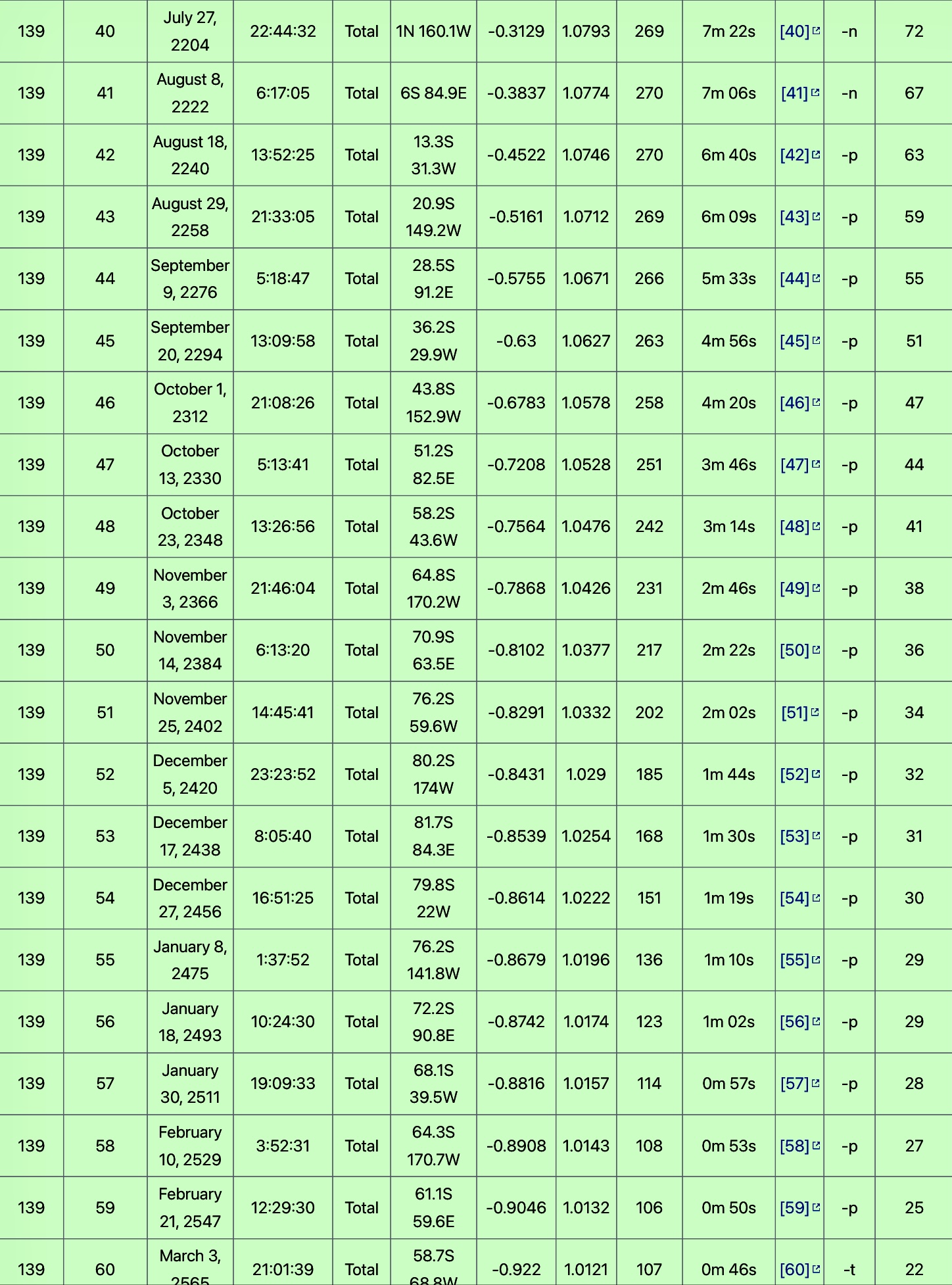
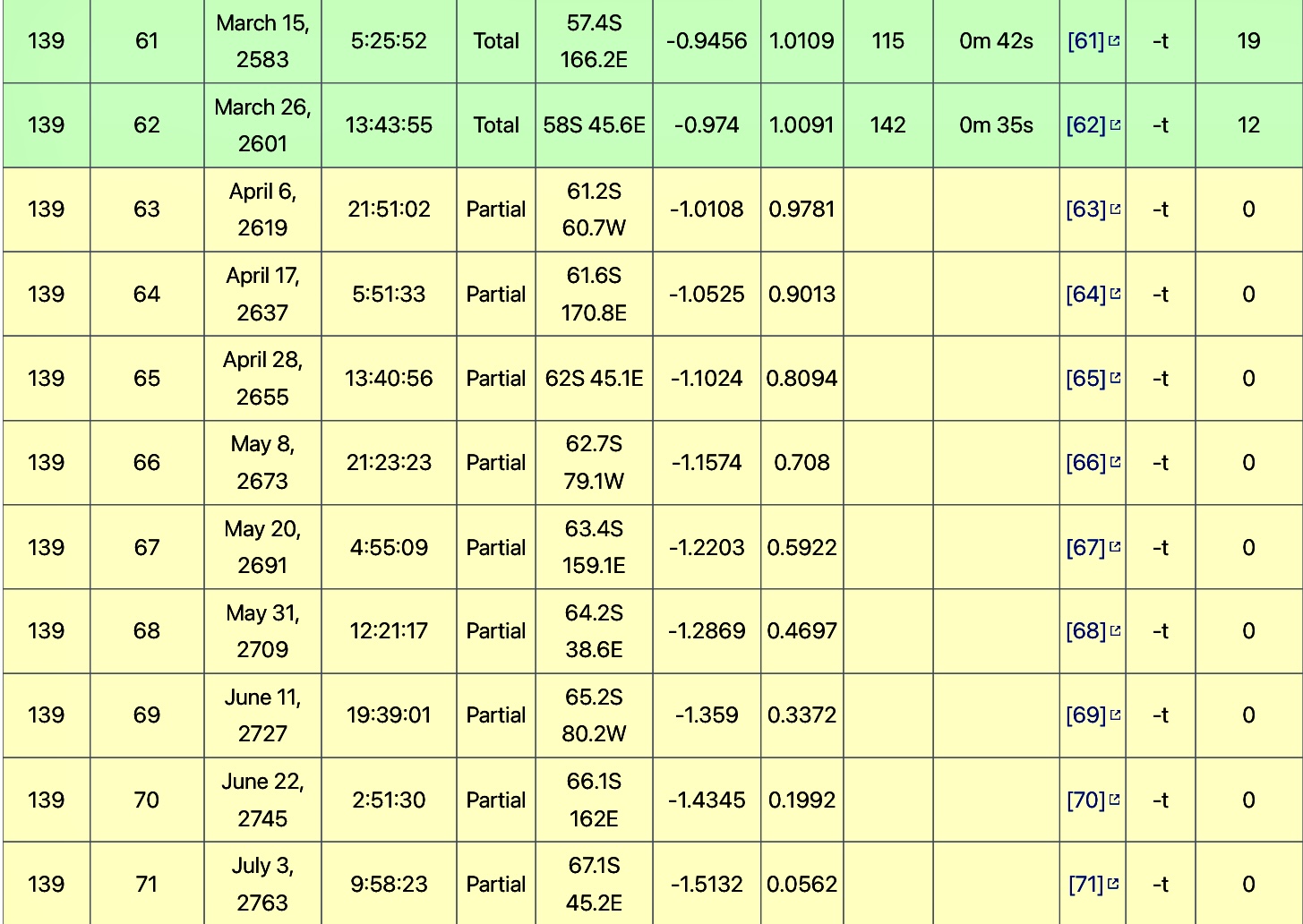
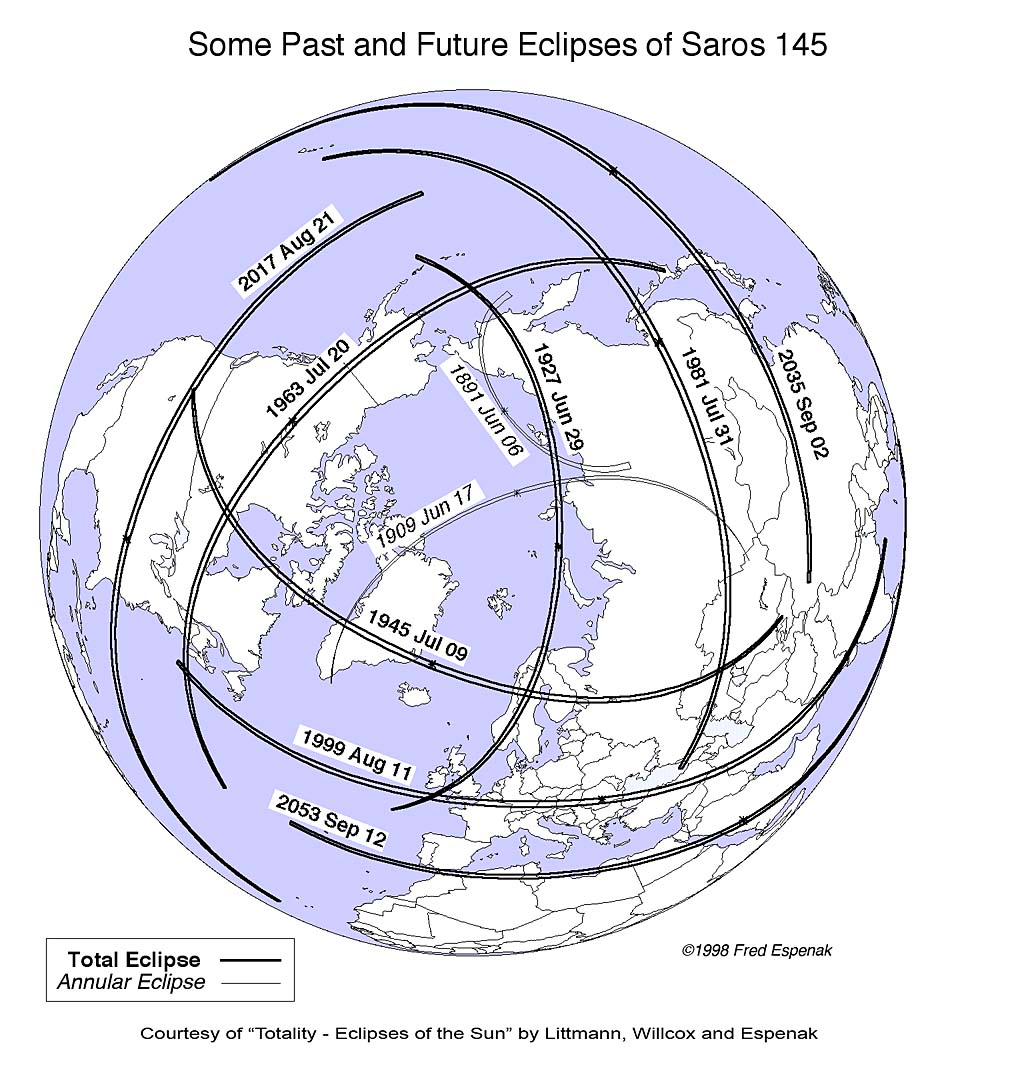

Saros 136
The periodicity and recurrence of solar (and lunar) eclipses is governed by the Saros cycle, a period of about 18 years 11 days 8 hours.When two eclipses are separated by a period of one Saros, they share a very similar geometry.The two eclipses occur at the same node with the Moon at nearly the same distance from Earth and at the same time of year.Thus, the Saros is useful for organizing eclipses into families or series. Each series typically lasts 12 to 13 centuries and contains 70 or more eclipses. Every Saros series begins with a number of partial eclipses near one of Earth's polar regions.The series will then produce several dozen central eclipses before ending with a group of partial eclipses near the opposite pole.
Saros series 136 is of particular interest because it is currently producing the longest total solar eclipses of the 20th and 21st centuries. Nine solar eclipses from Saros 136 are plotted above for the years 1937 through 2081.The westward ~120° shift of each eclipse path is a consequence of the extra 8 hours in the length of the Saros period.The northward shift of each path is due to the progressive motion of the Moon with respect to its descending node at each eclipse.
Saros 136 will produce 71 eclipses over 1262 years in the following order: 8 partial, 6 annular, 6 hybrid, 44 total, and 7 partial. For more information on Saros cycles, visit http://eclipse.gsfc.nasa.gov/SEsaros/SEperiodicity.html
Map illustration by Michael Zeiler
Paths of totality from eclipse calculator by Xavier Jubier
Eclipse predictions by Fred Espenak, NASA Goddard Space Flight Center
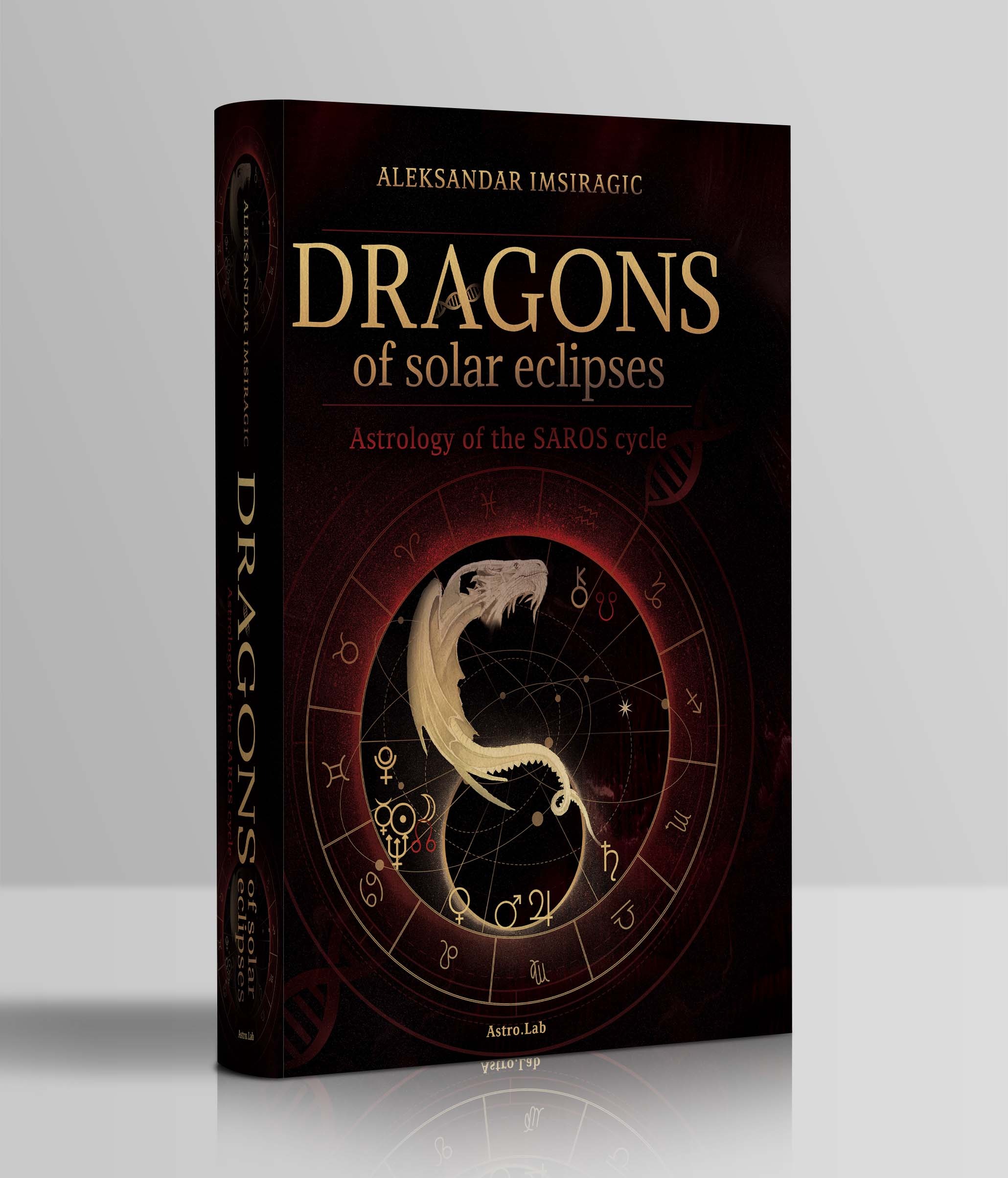
Nagyon szeretném ezt a könyvet…azt hiszem, akkor meg is lessz.

